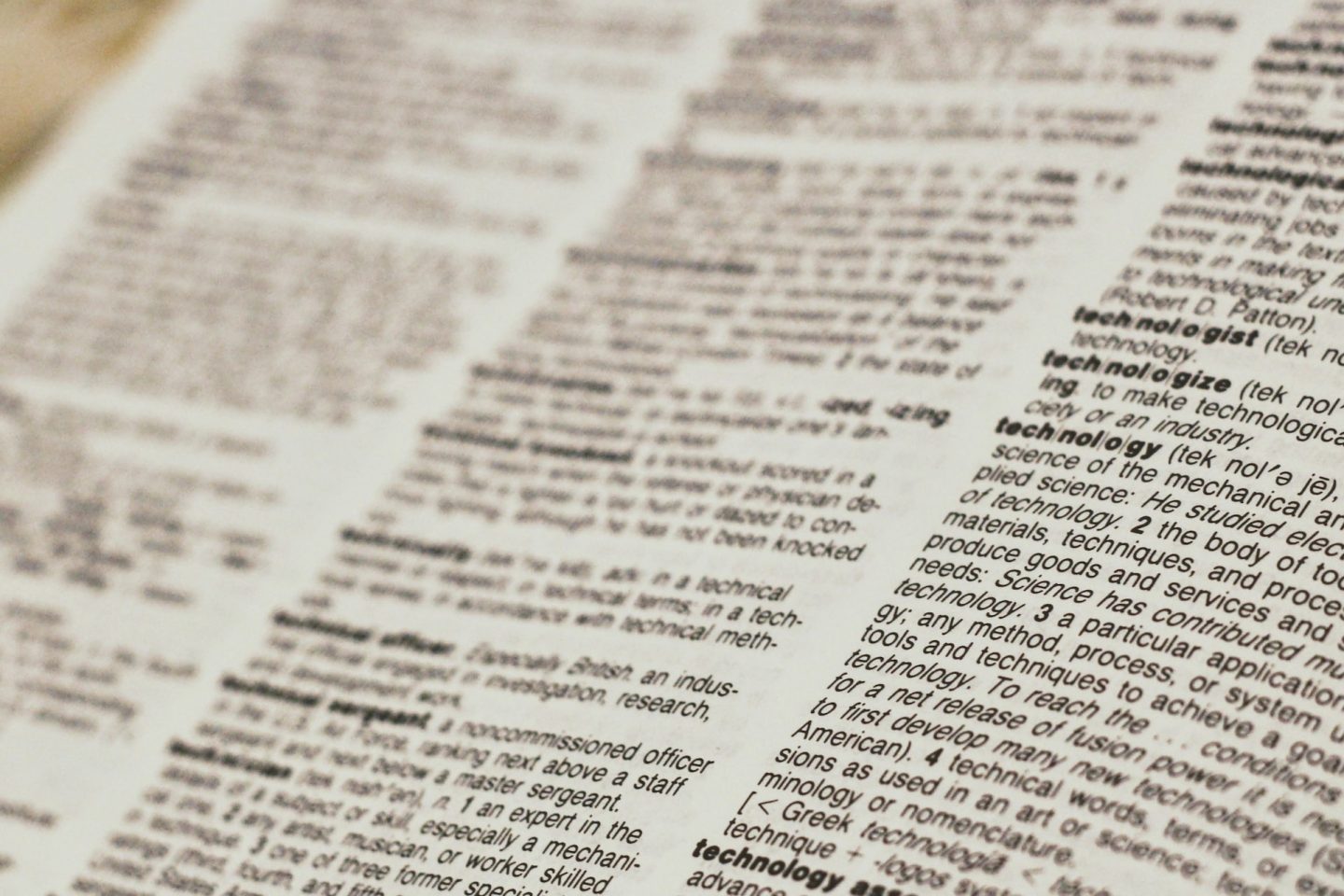Python’s dictionaries are versatile data structures that allow developers to store and organize data in key-value pairs. One of the fundamental operations when working with dictionaries is adding or appending new key-value pairs dynamically. In this article, we will explore various methods to append to a dictionary in Python, along with practical examples that demonstrate their usage.
Methods for Appending to a Dictionary in Python
Using Square Brackets (Bracket Notation)
The most common and straightforward method to append a new key-value pair to a dictionary is by using square brackets (bracket notation). This method directly assigns a value to a new or existing key in the dictionary.
Example 1:
# Original dictionary
employee_data = {'name': 'John Doe', 'position': 'Software Engineer'}
# Appending new key-value pair
employee_data['age'] = 30
print(employee_data)
Output:
{'name': 'John Doe', 'position': 'Software Engineer', 'age': 30}
Using the “update()” Method
The update() method allows us to merge the contents of one dictionary into another, effectively adding new key-value pairs or updating existing ones.
# Original dictionary
fruit_counts = {'apple': 5, 'orange': 3, 'banana': 2}
# New data to be appended
additional_fruits = {'kiwi': 1, 'pear': 4}
# Appending new key-value pairs using update()
fruit_counts.update(additional_fruits)
print(fruit_counts)
Output:
{'apple': 5, 'orange': 3, 'banana': 2, 'kiwi': 1, 'pear': 4}
Using the "setdefault()" Method
The setdefault() method provides a concise way to append new key-value pairs to a dictionary if the key does not already exist. It returns the value of the key if it exists; otherwise, it creates the key with the provided default value and returns that value.
# Original dictionary
student_scores = {'Alice': 85, 'Bob': 92, 'Eve': 78}
# Appending new key-value pairs using setdefault()
student_scores.setdefault('Charlie', 88)
student_scores.setdefault('David', 95)
print(student_scores)
Output:
{'Alice': 85, 'Bob': 92, 'Eve': 78, 'Charlie': 88, 'David': 95}
Using the “collections.defaultdict” Class
The collections.defaultdict class is a subclass of the built-in dictionary, which allows us to set a default value for keys that do not exist. This eliminates the need to use setdefault() to append new key-value pairs.
from collections import defaultdict
# Create a defaultdict with default value 0 for new keys
fruit_counts = defaultdict(int)
# Appending new key-value pairs using the defaultdict
fruit_counts['apple'] += 3
fruit_counts['orange'] += 1
print(fruit_counts)
Output:
defaultdict(<class 'int'>, {'apple': 3, 'orange': 1})
Conclusion
Appending to dictionaries in Python is a fundamental operation for dynamically updating data and enhancing data management capabilities. This article covered several methods to achieve this task, including bracket notation, the update() method, the setdefault() method, and the collections.defaultdict class. Armed with this knowledge, developers can confidently manipulate and manage data in dictionaries effectively.
Happy coding!
